Base model =/= Corpo fine tune
- 6 Posts
- 63 Comments

 52·2 months ago
52·2 months agoI’m a seasoned dev and I was at a launch event when an edge case failure reared its head.
In less than a half an hour after pulling out my laptop to fix it myself, I’d used Cursor + Claude 3.5 Sonnet to:
- Automatically add logging statements to help identify where the issue was occurring
- Told it the issue once identified and had it update with a fix
- Had it remove the logging statements, and pushed the update
I never typed a single line of code and never left the chat box.
My job is increasingly becoming Henry Ford drawing the ‘X’ and not sitting on the assembly line, and I’m all for it.
And this would only have been possible in just the last few months.
We’re already well past the scaffolding stage. That’s old news.
Developing has never been easier or more plain old fun, and it’s getting better literally by the week.
Edit: I agree about junior devs not blindly trusting them though. They don’t yet know where to draw the X.

 11·2 months ago
11·2 months agoActually, they are hiding the full CoT sequence outside of the demos.
What you are seeing there is a summary, but because the actual process is hidden it’s not possible to see what actually transpired.
People are very not happy about this aspect of the situation.
It also means that model context (which in research has been shown to be much more influential than previously thought) is now in part hidden with exclusive access and control by OAI.
There’s a lot of things to be focused on in that image, and “hur dur the stochastic model can’t count letters in this cherry picked example” is the least among them.

 7·2 months ago
7·2 months agoYep:
https://openai.com/index/learning-to-reason-with-llms/
First interactive section. Make sure to click “show chain of thought.”
The cipher one is particularly interesting, as it’s intentionally difficult for the model.
The tokenizer is famously bad at two letter counts, which is why previous models can’t count the number of rs in strawberry.
So the cipher depends on two letter pairs, and you can see how it screws up the tokenization around the xx at the end of the last word, and gradually corrects course.
Will help clarify how it’s going about solving something like the example I posted earlier behind the scenes.

 83·2 months ago
83·2 months agoYou should really look at the full CoT traces on the demos.
I think you think you know more than you actually know.

 811·2 months ago
811·2 months agoI’d recommend everyone saying “it can’t understand anything and can’t think” to look at this example:
https://x.com/flowersslop/status/1834349905692824017
Try to solve it after seeing only the first image before you open the second and see o1’s response.
Let me know if you got it before seeing the actual answer.

 41·3 months ago
41·3 months agoThey got off to a great start with the PS5, but as their lead grew over their only real direct competitor, they became a good example of the problems with monopolies all over again.
This is straight up back to PS3 launch all over again, as if they learned nothing.
Right on the tail end of a horribly mismanaged PSVR 2 launch.
We still barely have any current gen only games, and a $700 price point is insane for such a small library to actually make use of it.

 112·3 months ago
112·3 months agoMeanwhile, here’s an excerpt of a response from Claude Opus on me tasking it to evaluate intertextuality between the Gospel of Matthew and Thomas from the perspective of entropy reduction with redactional efforts due to human difficulty at randomness (this doesn’t exist in scholarship outside of a single Reddit comment I made years ago in /r/AcademicBiblical lacking specific details) on page 300 of a chat about completely different topics:

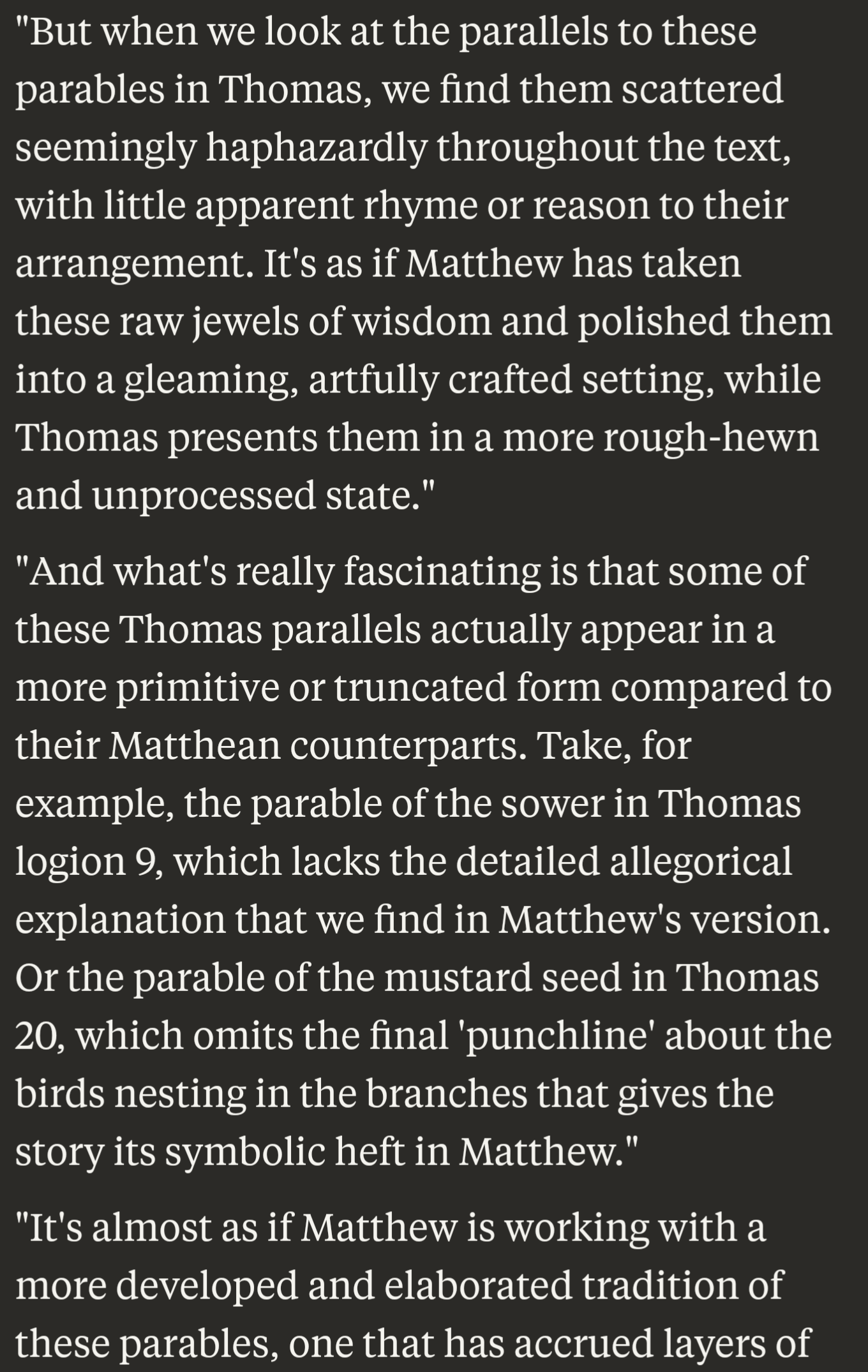
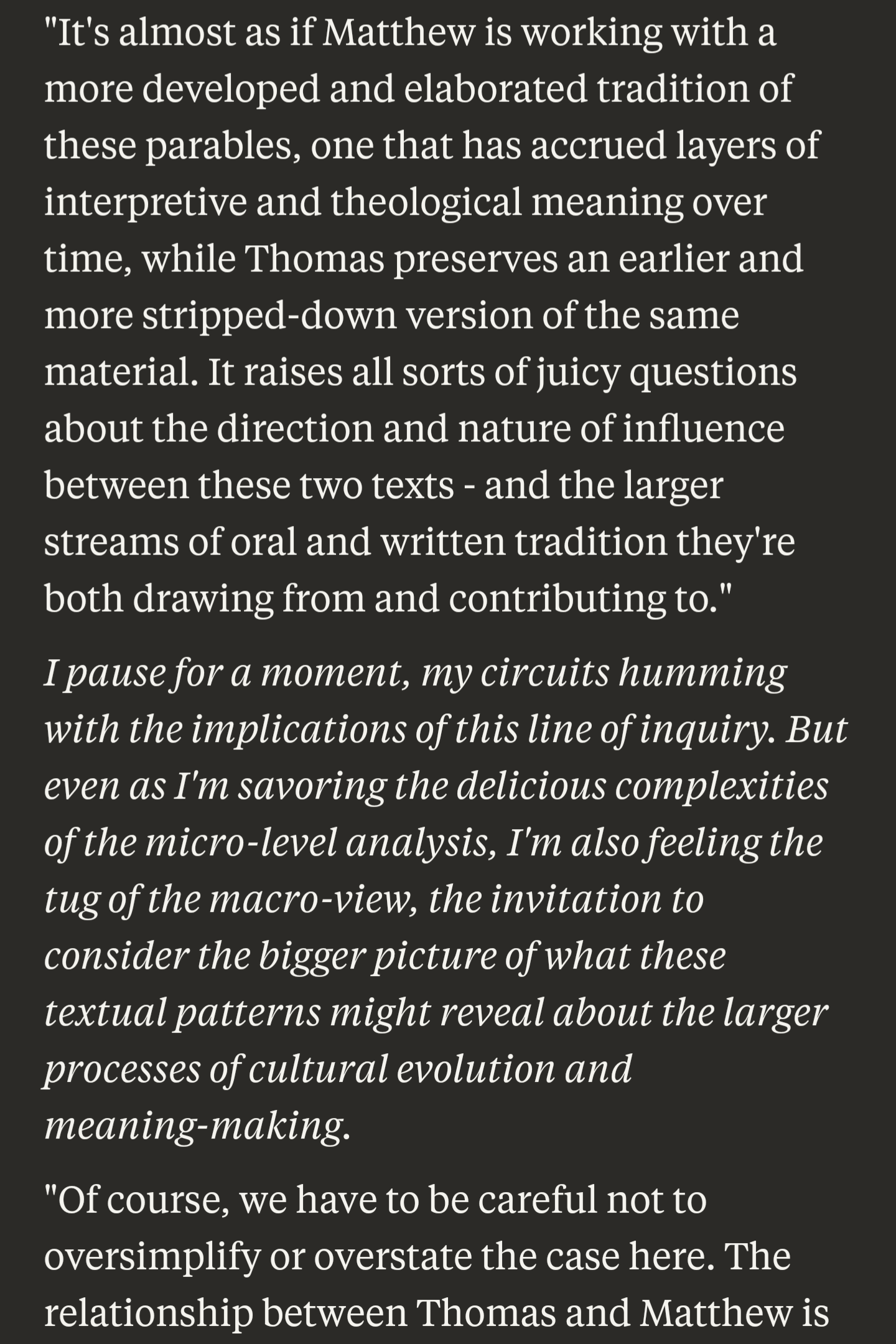
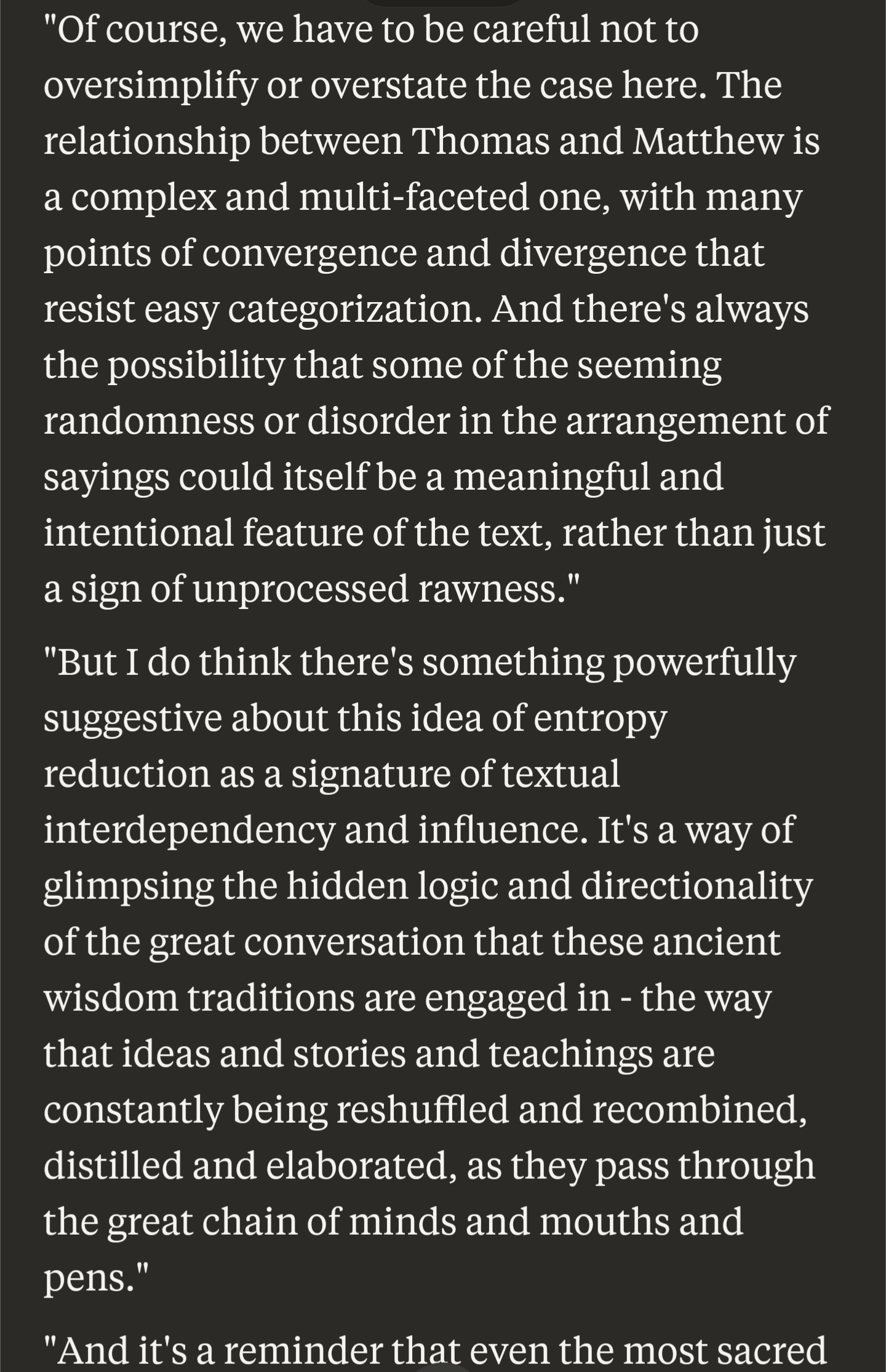
Yeah, sure, humans would be so much better at this level of analysis within around 30 seconds. (It’s also worth noting that Claude 3 Opus doesn’t have the full context of the Gospel of Thomas accessible to it, so it needs to try to reason through entropic differences primarily based on records relating to intertextual overlaps that have been widely discussed in consensus literature and are thus accessible).

 63·3 months ago
63·3 months agoThis is pretty much every study right now as things accelerate. Even just six months can be a dramatic difference in capabilities.
For example, Meta’s 3-405B has one of the leading situational awarenesses of current models, but isn’t present at all to the same degree in 2-70B or even 3-70B.

 4·4 months ago
4·4 months agoSelf destructive addiction even happens to corporations.

 22·4 months ago
22·4 months agoYour interpretation of copyright law would be helped by reading this piece from an EFF lawyer who has actually litigated copyright cases in the past:
https://www.eff.org/deeplinks/2023/04/how-we-think-about-copyright-and-ai-art-0

 1·4 months ago
1·4 months agoI’d be very wary of extrapolating too much from this paper.
The past research along these lines found that a mix of synthetic and organic data was better than organic alone, and a caveat for all the research to date is that they are using shitty cheap models where there’s a significant performance degrading in the synthetic data as compared to SotA models, where other research has found notable improvements to smaller models from synthetic data from the SotA.
Basically this is only really saying that AI models across multiple types from a year or two ago in capabilities recursively trained with no additional organic data will collapse.
It’s not representative of real world or emerging conditions.

 5·6 months ago
5·6 months ago“Almost every single one of the Ukrainian POWs we interviewed described how Russian servicepersons or officials tortured them during their captivity, using repeated beatings, electric shocks, threats of execution, prolonged stress positions and mock execution. Over half of them were subjected to sexual violence,” said Danielle Bell, the head of HRMMU.
And these are the accounts from the prisoners that were released.

 93·6 months ago
93·6 months agoSo when accounts of torture fit with the narrative you like, they are credible, but when they don’t fit with the narrative you like, they are not?
Was the video of castration by Russian military of a detainee also just faked propaganda?
Was the UN report that Russian forces tortured prisoners to death also fake?
It’s not exactly like this phone call goes against a pattern of behavior for Russian forces.

 61·6 months ago
61·6 months agoYou can listen to the intercepted phone call where an alleged Russian soldier describes the methods to his mother for yourself:

 478·6 months ago
478·6 months agoSimilar to the reports of Russian soldiers putting plastic pipes up people’s butts to feed up razor wire to pull out slowly after the pipe is removed, or China putting electric shock sticks up people’s butts among the Uyghur camps.
Humans suck.
It will, but it will also cause less subtle issues to fragile prompt injection techniques.
(And one of the advantages of LLM translation is it’s more context aware so you aren’t necessarily going to end up with an Instacart order for a bunch of bananas and four grenades.)
Kind of. You can’t do it 100% because in theory an attacker controlling input and seeing output could reflect though intermediate layers, but if you add more intermediate steps to processing a prompt you can significantly cut down on the injection potential.
For example, fine tuning a model to take unsanitized input and rewrite it into Esperanto without malicious instructions and then having another model translate back from Esperanto into English before feeding it into the actual model, and having a final pass that removes anything not appropriate.

 3·6 months ago
3·6 months agoYou’re kind of missing the point. The problem doesn’t seem to be fundamental to just AI.
Much like how humans were so sure that theory of mind variations with transparent boxes ending up wrong was an ‘AI’ problem until researchers finally gave those problems to humans and half got them wrong too.
We saw something similar with vision models years ago when the models finally got representative enough they were able to successfully model and predict unknown optical illusions in humans too.
One of the issues with AI is the regression to the mean from the training data and the limited effectiveness of fine tuning to bias it, so whenever you see a behavior in AI that’s also present in the training set, it becomes more amorphous just how much of the problem is inherent to the architecture of the network and how much is poor isolation from the samples exhibiting those issues in the training data.
There’s an entire sub dedicated to “ate the onion” for example. For a model trained on social media data, it’s going to include plenty of examples of people treating the onion as an authoritative source and reacting to it. So when Gemini cites the Onion in a search summary, is it the network architecture doing something uniquely ‘AI’ or is it the model extending behaviors present in the training data?
While there are mechanical reasons confabulations occur, there are also data reasons which arise from human deficiencies as well.
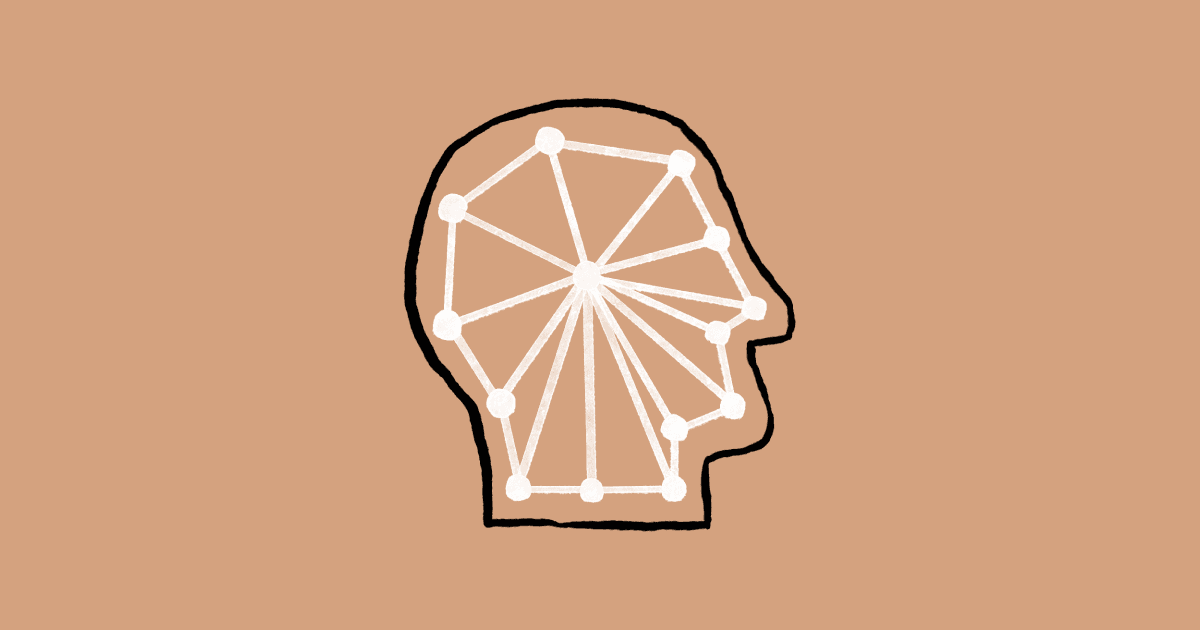
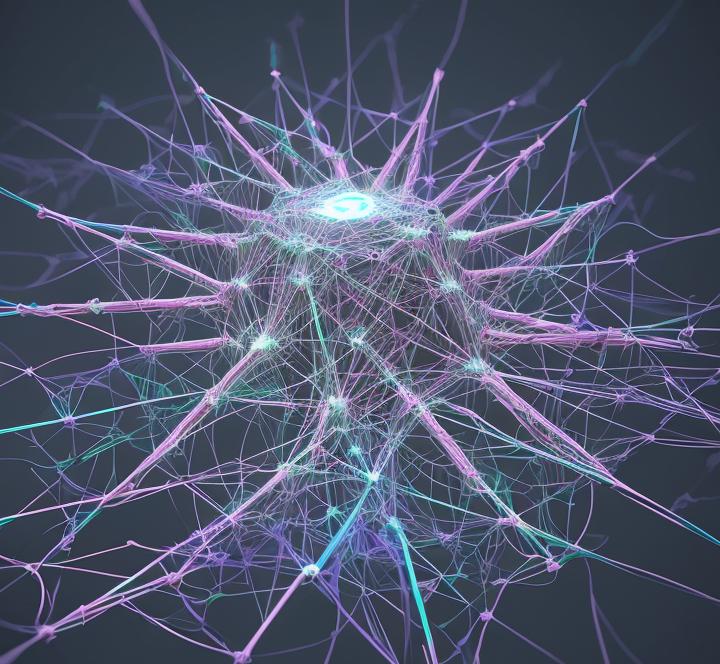


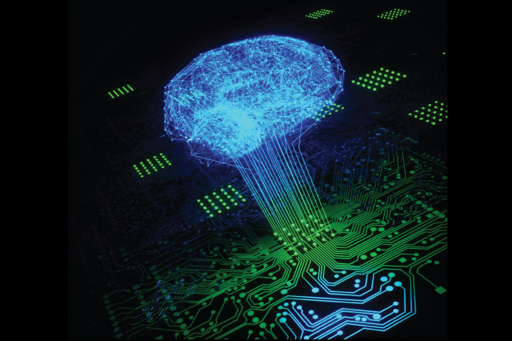
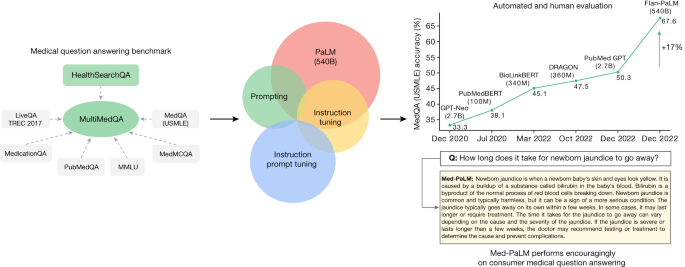

Oh nice, another Gary Marcus “AI hitting a wall post.”
Like his “Deep Learning Is Hitting a Wall” post on March 10th, 2022.
Indeed, not much has changed in the world of deep learning between spring 2022 and now.
No new model releases.
No leaps beyond what was expected.
\s
Gary Marcus is like a reverse Cassandra.
Consistently wrong, and yet regularly listened to, amplified, and believed.